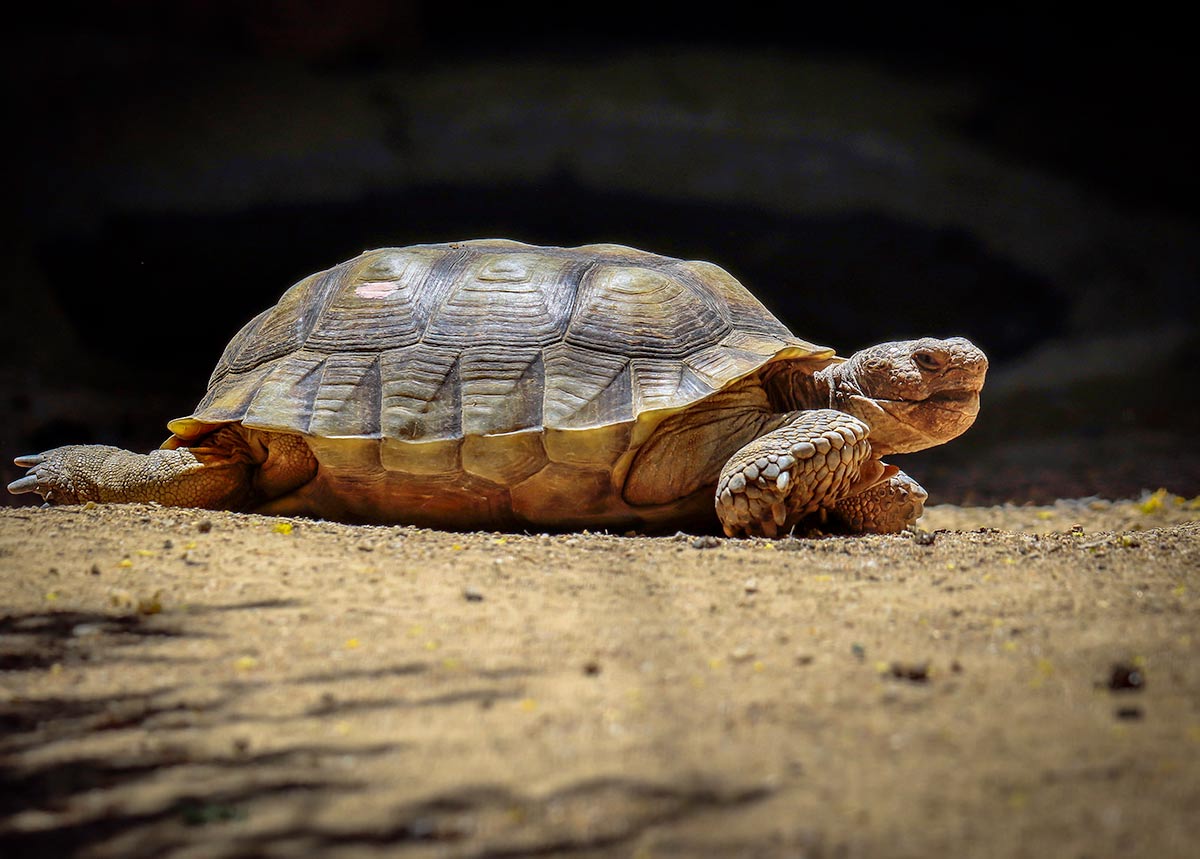
With temperatures warming, daylight hours lengthening, and COVID restrictions easing, more humans will be headed for hiking trails! This is also the time of year when many reptiles begin to emerge from winter dormant periods and become more active.
Brumation is essentially the reptilian/amphibian version of hibernation. It is a way of conserving energy when temperatures are too low for these ectothermic animals, who depend on adequate ambient heat, to reach optimal body temperatures for them to digest food. Generally, ectotherms enter brumation in late fall. In spring, rising temperatures, increased daylight, and changes in barometric pressure, trigger emergence.
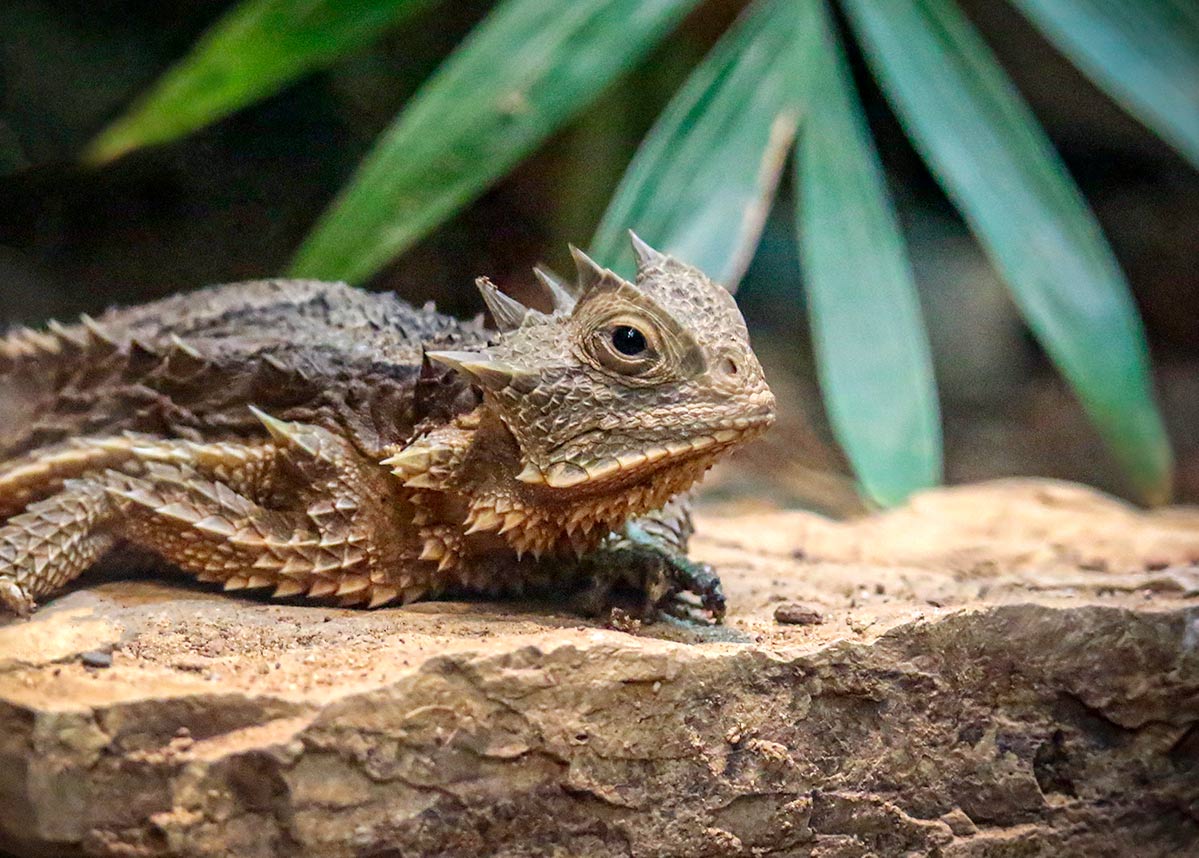
When you visit the Zoo, you may begin to see desert tortoise Trucker making outreach appearances again. LAIR residents who have been chilling out for the winter include montane pitvipers, giant horned lizards, Mangshan vipers, and Ethiopian mountain vipers. In many species, winter dormancy is a necessary part of the reproductive cycle. American alligators Reggie and Tina are able to brumate naturally in their Zoo habitat, which is not heated. The tomistomas have a heated pool but are allowed to cool off somewhat during the winter months in the hope that the temperature change will induce breeding behavior. The Indian gharials are still too young to breed, so their water is maintained in the high 70s year-round.
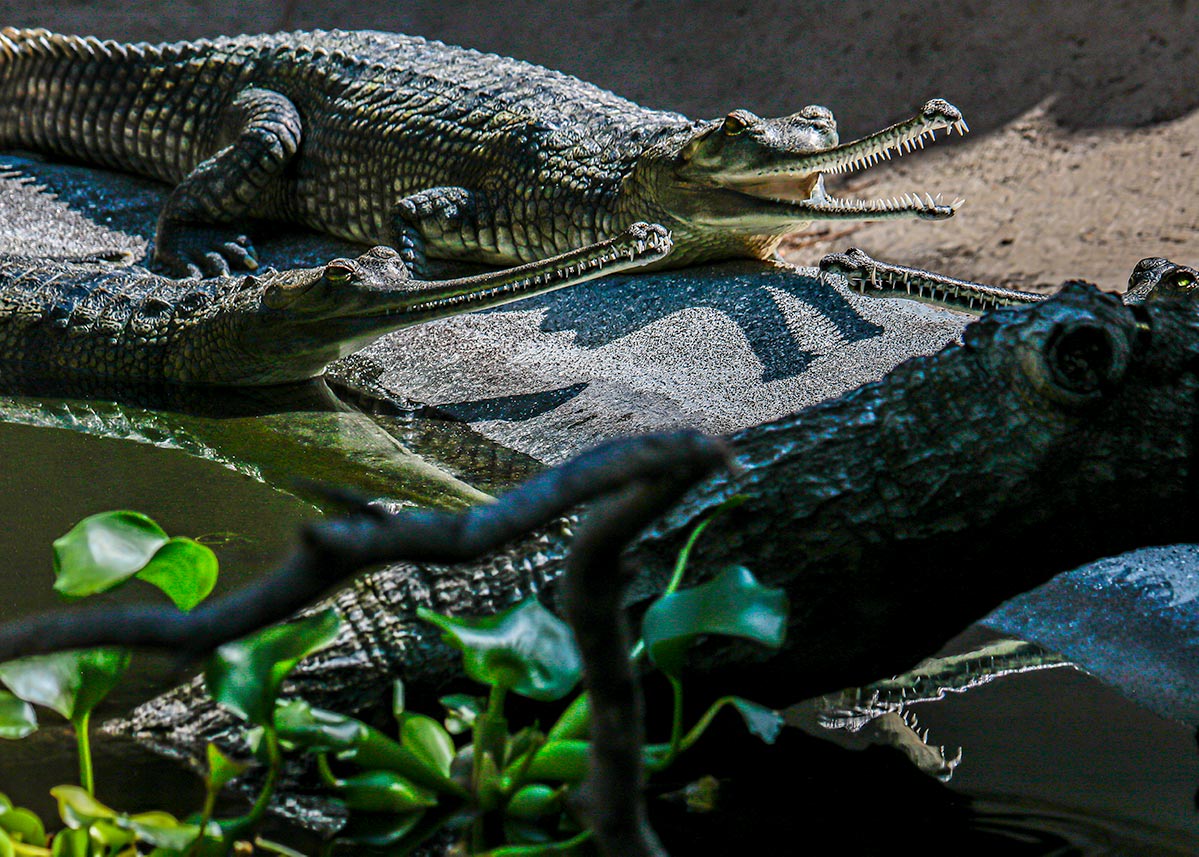
The Zoo’s location inside Griffith Park means that many wild reptiles visit Zoo grounds. You may have seen some of our most common guests—Western fence lizards, also known as blue-bellies, and San Diego alligator lizards. Occasionally, rarer species are spotted—California legless lizards, whiptail lizards, California king snakes, ring-necked snakes, and striped racers. Gopher snakes and rattlesnakes sometimes make appearances and are carefully relocated outside of public areas.
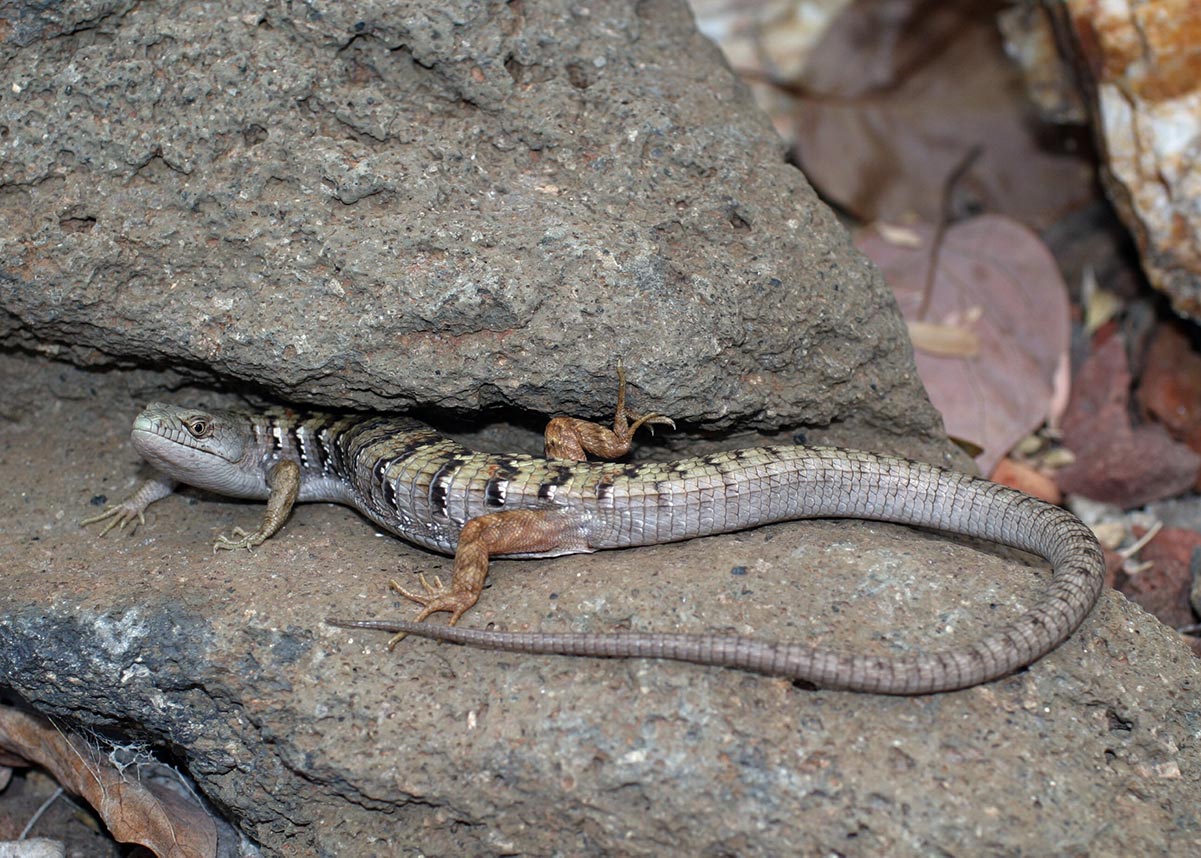
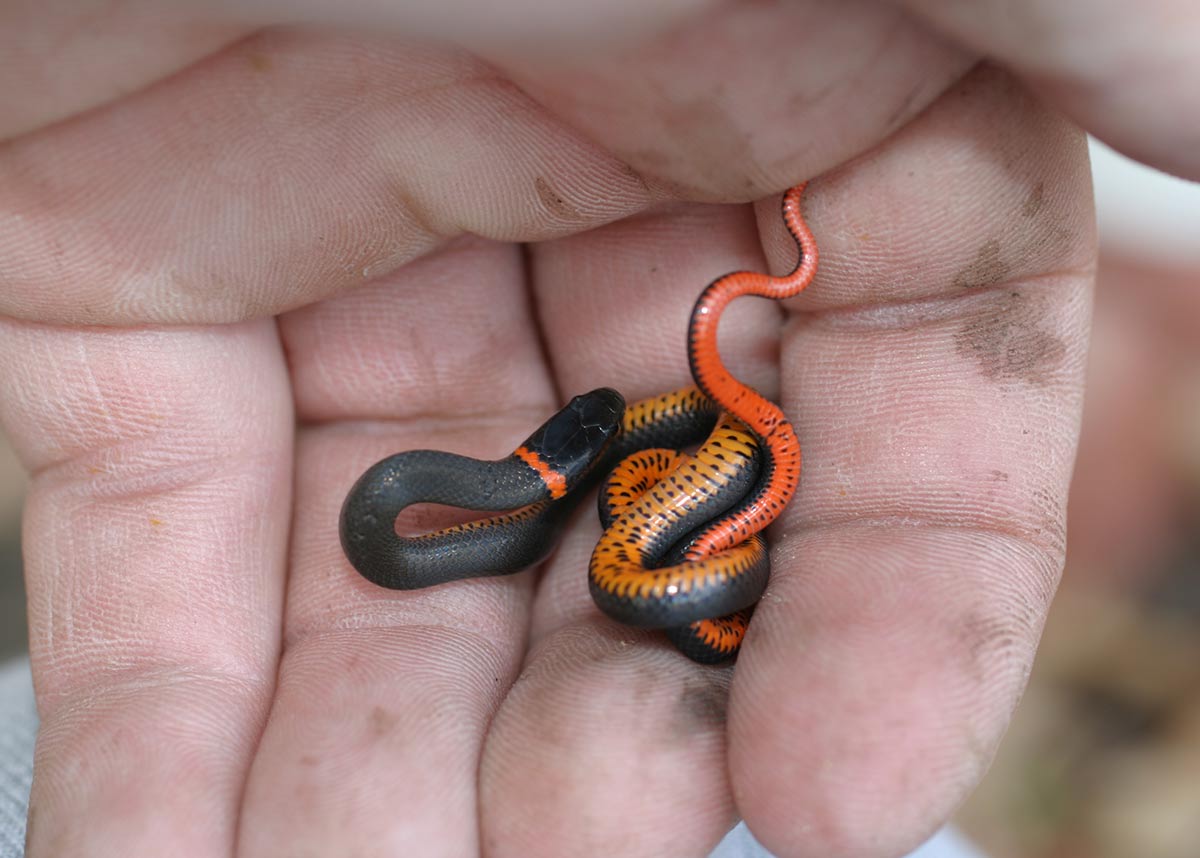
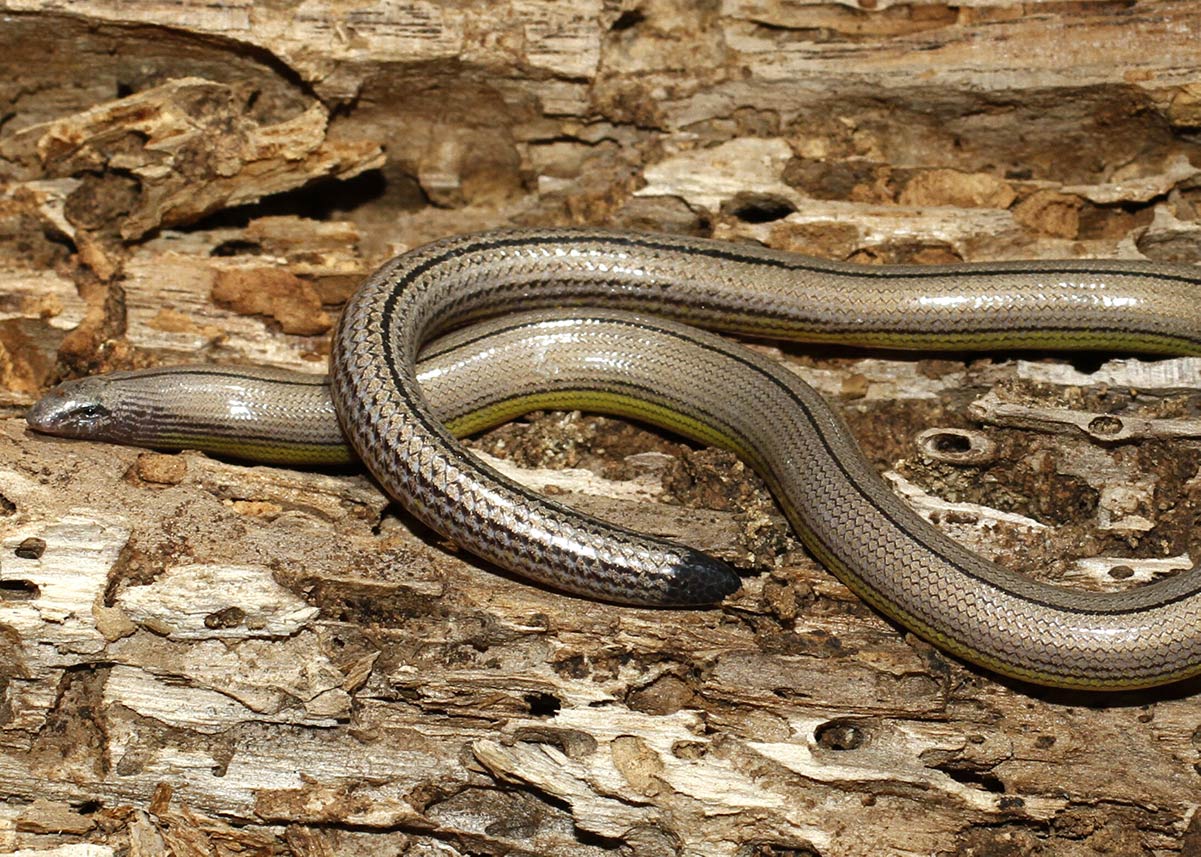
Rattlesnakes often cause anxiety, but they are a vital component of many California ecosystems. In addition to controlling rodent populations, recent studies are revealing the part they may play in seed dispersal, which is essential to healthy native plant communities. The most common species in Southern California is the southern Pacific rattlesnake (Crotalus helleri). Should you encounter one while hiking or exploring wilderness areas, Curator of Reptiles and Amphibians Ian Recchio offers some safety pointers to keep in mind.
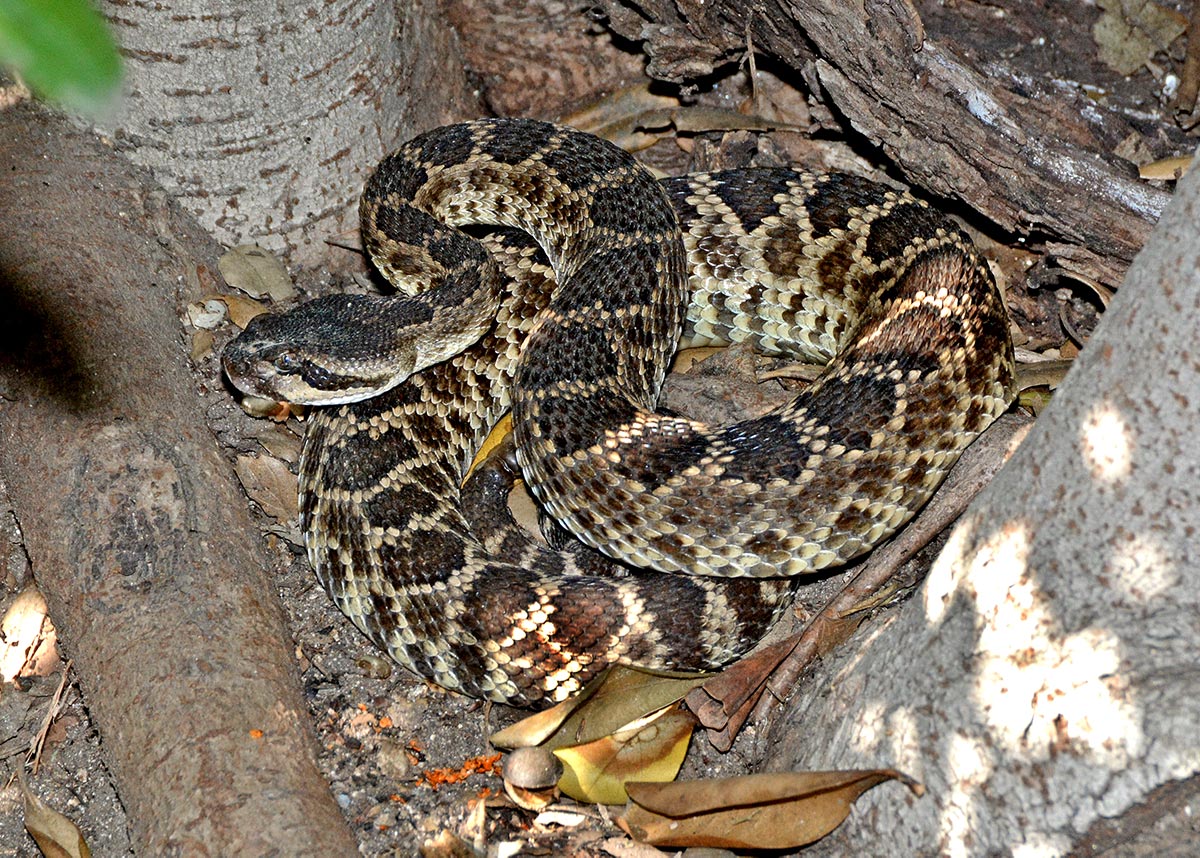
“Rattlesnakes are not aggressive to humans unless they feel threatened,” he says. “Their primary prey is rodents and they avoid bigger animals. They rattle as a warning—but they also frequently lose rattles, so you can’t count on hearing them first. Once they’re aware of you, they will usually try to escape, so give them space and time to do so. Trying to push them off the trail with a stick, waving objects, or throwing things at them may agitate them, so just be patient. Shouting doesn’t work either—snakes don’t have external ears but are very sensitive to the vibrations that they feel through their jaws and bones. They can sense the impact of feet on ground, which usually helps them escape before you even notice them. If the snake won’t move off on its own, you can try stomping on the ground at a safe distance. Don’t try stepping over or around it, unless you can do so at a safe distance—at least ten steps—and always watch where you walk. When motivated, they can move away fairly quickly.
“These snakes are shy by nature, so seeing one is pretty special—and if you’re respectful and careful, you’ll both go your separate ways afterward.”
Other safety tips include:
- Make sure you can see where you plan to step or put your hands. Step on, not over, large rocks or logs.
- Stick to trails, avoid tall grass and heavy underbrush where snakes may be sheltering.
- Wear long pants and sturdy shoes—no sandals in bushy, wilderness areas.
- Rattlesnakes can swim, so be careful about grabbing sticks or branches in lakes and rivers.
- Keep dogs on leash so they don’t investigate snakes. If bitten, get them quickly to a vet for antivenom shots.
If you are bitten, act quickly to get medical attention as soon as possible. Exertion spreads the venom faster, so keep your heart rate as slow as you can and keep the bite about level with your heart. Don’t waste time trying to catch or kill the snake. Remove rings, watches, or bands that may restrict swelling. Do not apply a tourniquet or cut the bite to get the venom out. Don’t apply ice or drink alcohol.

